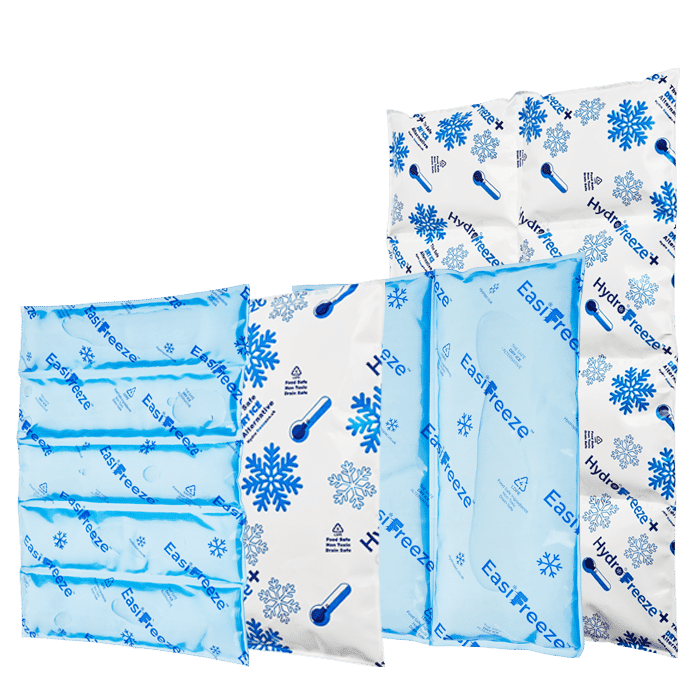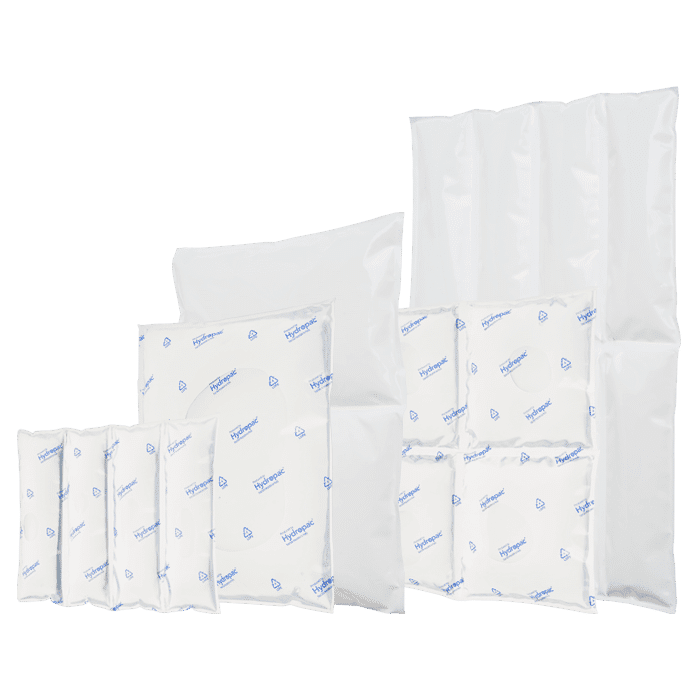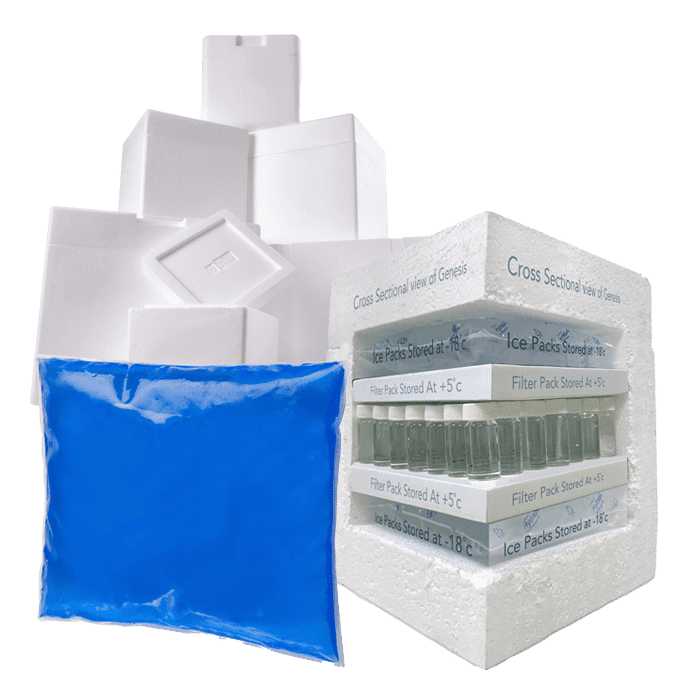Pathogenic Bacteria: The Facts
Bad Bacteria – something we all fear, but something we all accept as being part of the natural world and as such take steps to prevent and guard against.
Bacteria grows on many surfaces; give it conditions it needs to flourish and it will quite happily. Food is one such area, and we have to take special care to ensure when handling, cooking and sending foodstuffs that they are not being handled in such a manner that bacteria can easily grow. As we all know, not all bacteria are “bad”, so it’s the pathogenic bacteria we really have to watch out for with respects to foodstuffs.
Custom chilled solutions for you
Hydropac offers every customer a customized solution for chilled and conditioned shipping. For example, we help a customer with limited freezing capacity to deliver gel packs frozen and ready to use, and we can manufacture almost all shapes and sizes of cooling elements. As a customer, you come first: we are here to help you.
What is Pathogenic Bacteria?
The term “pathogen” doesn’t just relate to bacteria, it is a name for any organism that can cause diseases, including viruses, fungi and parasites. Extremely hardy, all any type of pathogen needs is a host to survive on or in. once established, it will use the host’s own resources to replicate before then transmitting to another host via contact, the air, or fluids.
Pathogenic bacteria is the type we find growing on foods, although fungi is also a problem. Common types include:
- Salmonella – most commonly found in raw food such as chicken, eggs and milk. It causes food poisoning, which can be fatal; in fact, half a million cases a year globally do indeed result in fatalities.
- Campylobacter – a big cause of diarrhoea, it lives in the gut of poultry as well as pets. Animal products such as milk and eggs can act as a pathway for transmission. People who ingest these bacteria will suffer gastroenteritis and diarrhoea and you don’t have to ingest a lot for this to occur.
- Clostridium – present almost everywhere in the natural environment, there are over 100 different types of Clostridium species. Some can cause serious illnesses, including Clostridium difficile, Clostridium botulinum, Clostridium perfringens and Clostridium estertheticum. This type of bacteria is heat-resistant, so ultimately it is best avoided at all costs!
How Does it Grow?
Different types of bacteria require different conditions in order to grow and spread, but as a rule:
- It needs a host, and for the bacteria, the weaker the immune system, the better
- With the exception of a few types, most bacteria can be killed by thorough cooking. If cooked food is being handled or shipped, it is very important not to mix this in any area with raw food.
- Keeping all foods, raw or cooked, chilled at between +2- to +8°C will keep harmful bacteria from growing. Warmer temperatures are most comfortable for bacteria, so anything above this up to around 60°C (minimum cooking temperature) gives the bacteria a good chance to grow quickly.
- If foodstuffs are frozen to below 15°C, they will remain “suspended” for many months. This will also kill off a lot of bacteria that may be present. Freezing is by far the best option for any bulk buying, especially for meat.
- Of course, once defrosted, all foodstuffs must be cooked/used within 24 hours and kept chilled in that time.
Fighting the Good Fight
It is really important that anyone working with food takes appropriate steps to prevent against and control the transmission of these bacteria. The Food Safety Act 1990 lays out the main responsibilities for any company involved in the food business, but it’s also really important for domestic consumers to take the right steps to prevent against illnesses and transmission of this bacteria.
It’s very important to remember that foods that are contaminated may not look, taste or smell any different from foods that are safe to eat. As such, preventative measures really are the best way to ensure you are reducing the risk of bacteria growing and spreading.
Remember:
- Keep foods chilled or frozen until you wish to use them
- Defrost food in the fridge to prevent it being at room temperature
- Put leftovers in the fridge or freezer as soon as they are cooled so they are not sitting at room temperature
- If you are sending or receiving foodstuffs in the post, ensure they have been kept or will be kept at the required chilled or frozen cold chain; either between +2 – +8°C for chilled or -158°C for frozen. Ice packs are the best way to achieve these temperatures, alongside robust and specialised packaging.
- Freeze any food you won’t use immediately unless it has a long shelf life.
Resources
Sustainability Hydropac and CSR
Sustainability isn’t just a trend for us – it’s a promise. As we innovate, create, and lead, we keep our planet’s well-being at the forefront. With Hydropac, you’re not just preserving the quality of your cargo; you’re contributing to a healthier world.
Experience the power of sustainable temperature assurance with Hydropac – where excellence and environmental responsibility coexist for a brighter future.





